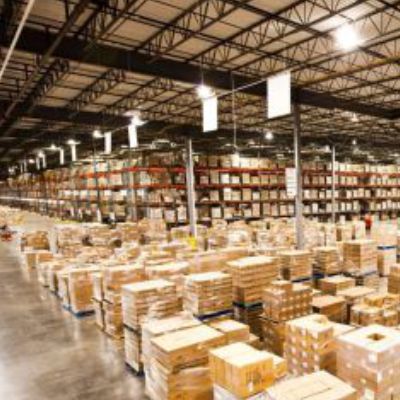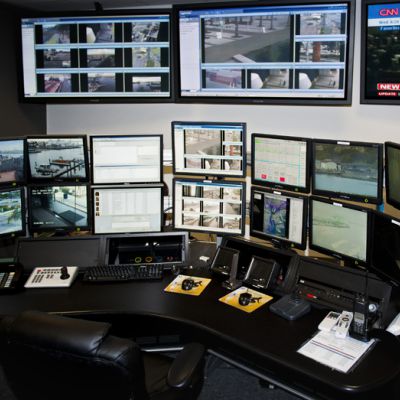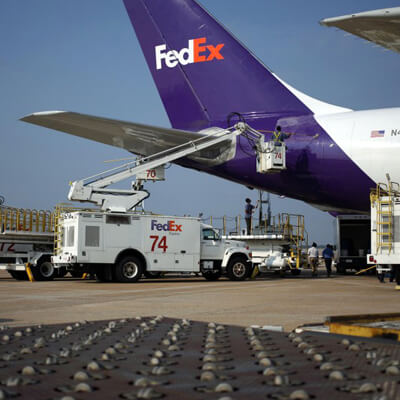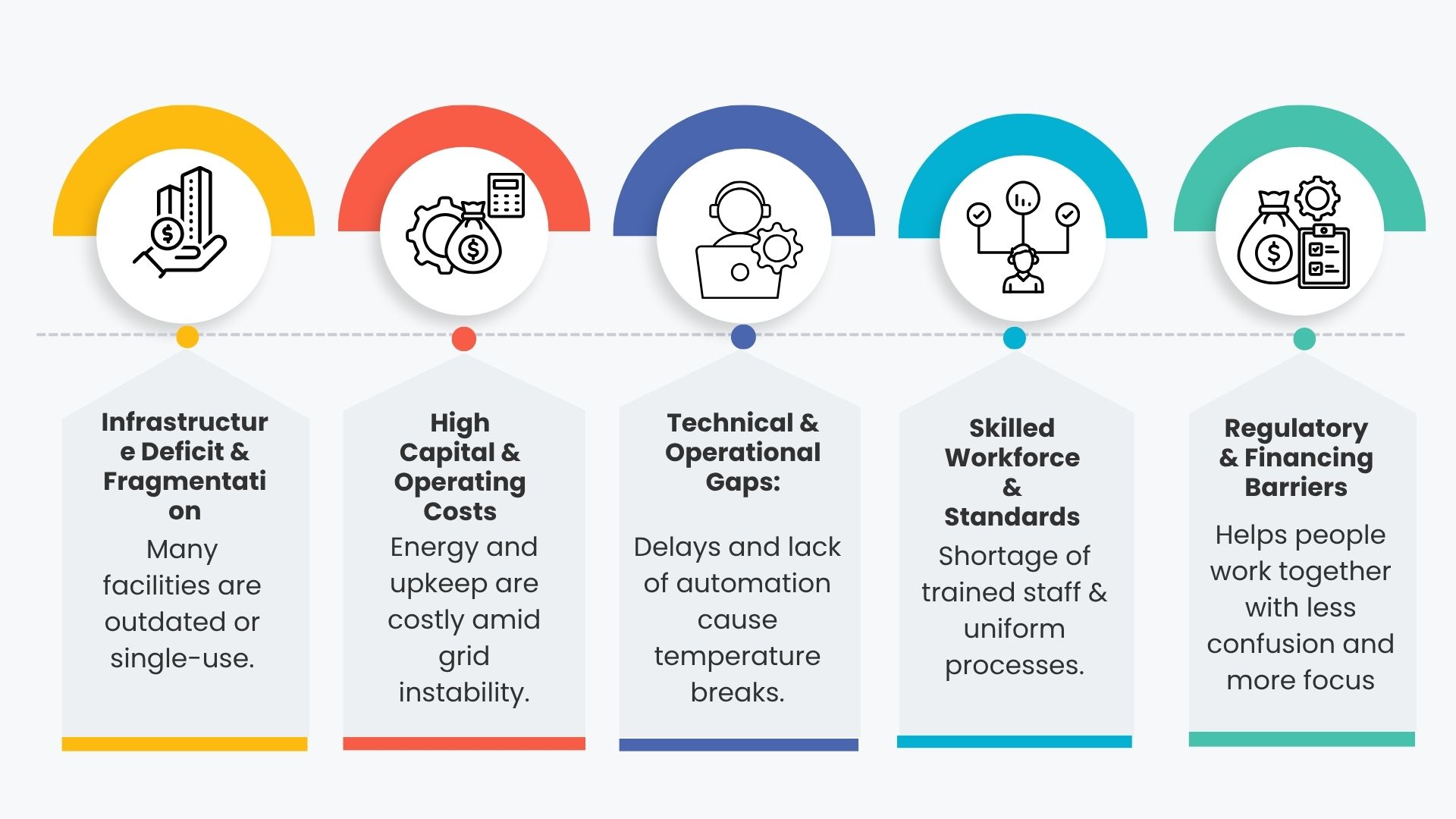Importance of Cold Chain in India: Why It Matters & What It Needs
.jpg)
In India, the concept of just-in-time is no longer adequate when it comes to perishables and temperature-sensitive products. Cold chain logistics is fast becoming a cornerstone of food security, healthcare, export competitiveness, and consumer satisfaction. Ash Logistics has been one of the most sought-after firms in this area due to its technological edge as well as huge infrastructure in terms of space and fleets across the nation. Here’s a look at why cold chain matters in India, what challenges exist, and how the sector can move forward.
What Is the Cold Chain & Why It’s Critical
A cold chain is the sequence of storage, transportation, handling, and distribution of temperature-sensitive products in a temperature-controlled environment from production to consumption. It ensures product quality, safety, and efficacy throughout. In India’s context, cold chain spans:
- Agri-produce: fruits, vegetables, seafood, meat, dairy
- Processed & frozen foods
- Pharmaceuticals, vaccines, biologics
- Flowers, floral products, etc.
Without a robust cold chain, spoilage is high, losses are large, and risks to public health increase.
Why Cold Chain Is Especially Important in India
1. Large Agriculture Sector & High Post-Harvest Losses
India is one of the largest producers of fruits, vegetables, dairy, seafood etc. Despite that, considerable produce spoils before reaching consumers because of inadequate cold storage, poor transport, delays, and breakdowns. Studies estimate that nearly 30-40% of fruits and vegetables are lost in certain supply chains due to temperature mismanagement and delayed transit.
Reducing spoilage boosts incomes for farmers, reduces waste of inputs like water, fertilizers and labour, and increases food availability. For Ash Logistics, efficient cold storage and handling can add value by preserving freshness, reducing loss, and improving supply reliability.
2. Public Health & Pharmaceuticals
Vaccines, biologics, insulin, certain drugs require specific temperature ranges (2-8°C, or even ultra-cold for some). India’s massive immunization programmes, vaccine rollouts (for example during COVID), and growing pharmaceutical exports make temperature integrity non-negotiable.
Even small deviations—temperature excursions—can degrade drug potency, leading to waste, risk to patients, regulatory issues or loss of trust.
3. Changing Consumer Preferences & Rising Standards
With rising incomes, urbanization, and changing lifestyle, consumers want higher quality, safer fresh produce, frozen foods, ready-to-eat items. Retail chains, e-commerce grocery, frozen foods demand consistent quality. Food safety regulators (FSSAI etc.) are tightening norms. These trends force supply chains to become more reliable.
4. Export Potential
India exports a lot of agricultural commodities, dairy, seafood etc. International markets expect strict standards for freshness, food safety, traceability. A weak cold chain creates a competitive disadvantage—product rejection, lower prices, bad reputation. Strengthening cold chain helps Indian exporters fetch better markets and premiums.
5. Role in Food Security & Lower Inflation
By reducing waste, ensuring supply from hinterlands to urban markets, cold chains help stabilize supply of perishable goods, reduce seasonal gluts & shortages, and lower inflationary pressures. Also, better cold chain access in rural and tier-2/tier-3 areas helps reduce rural-urban supply gaps.











